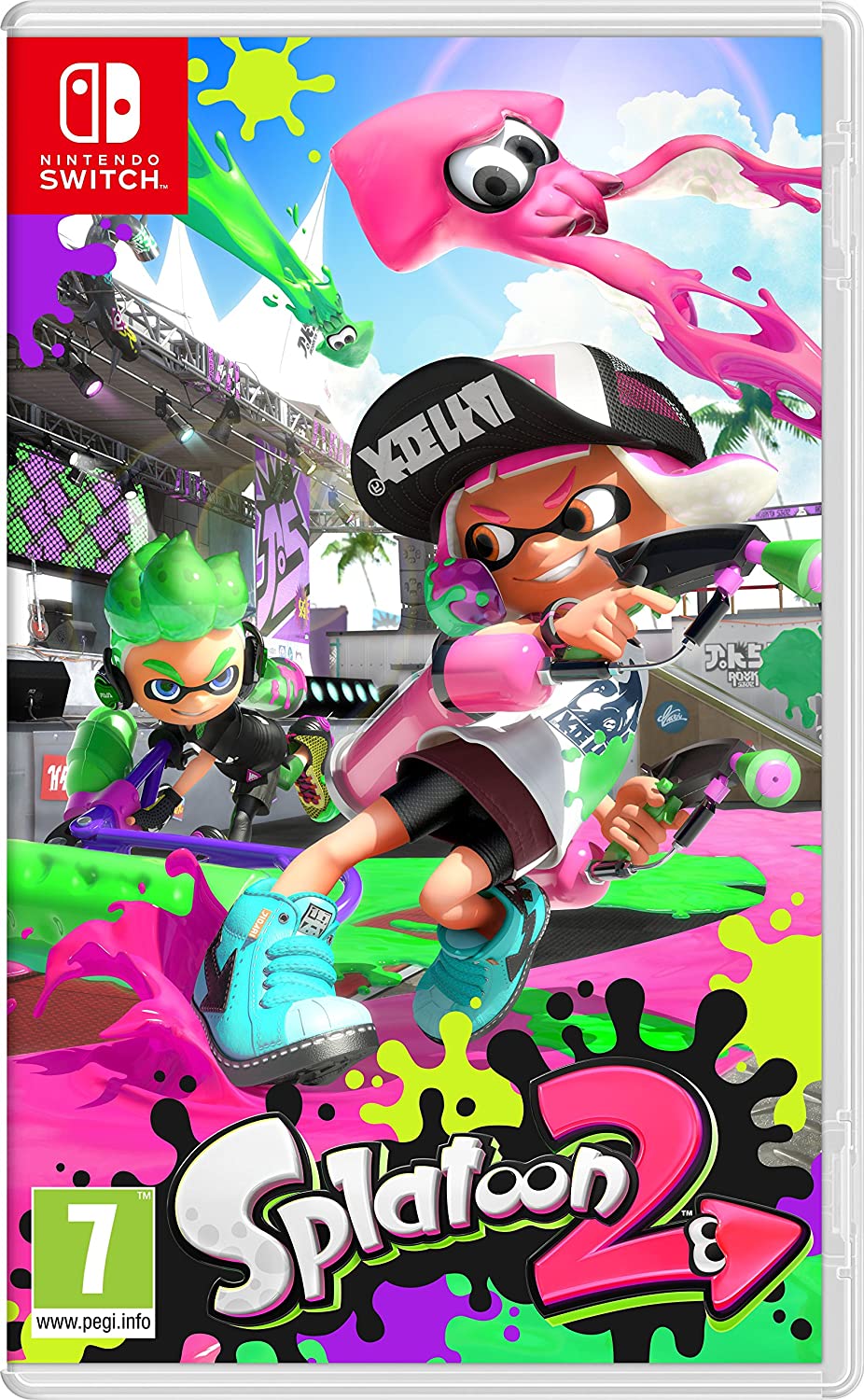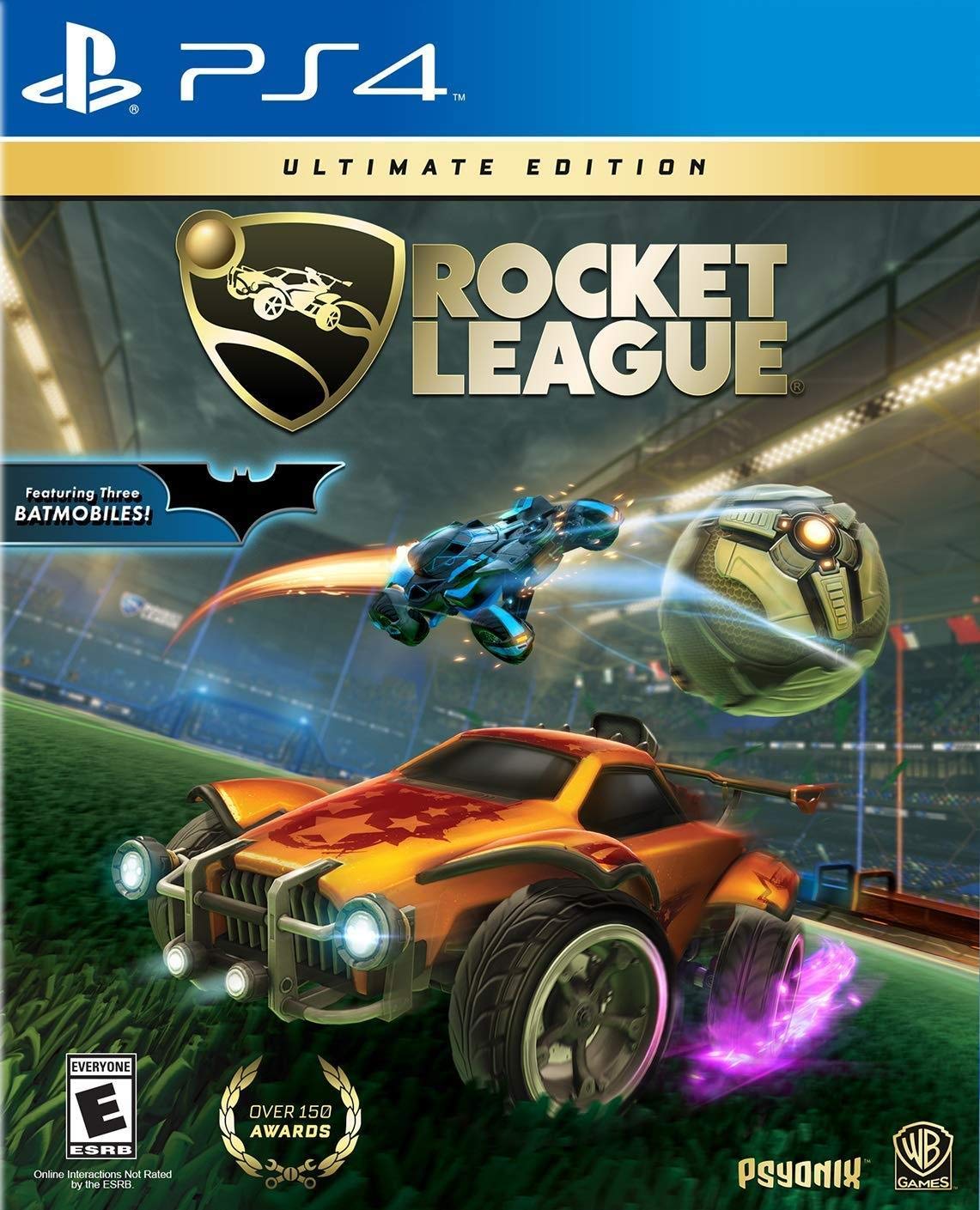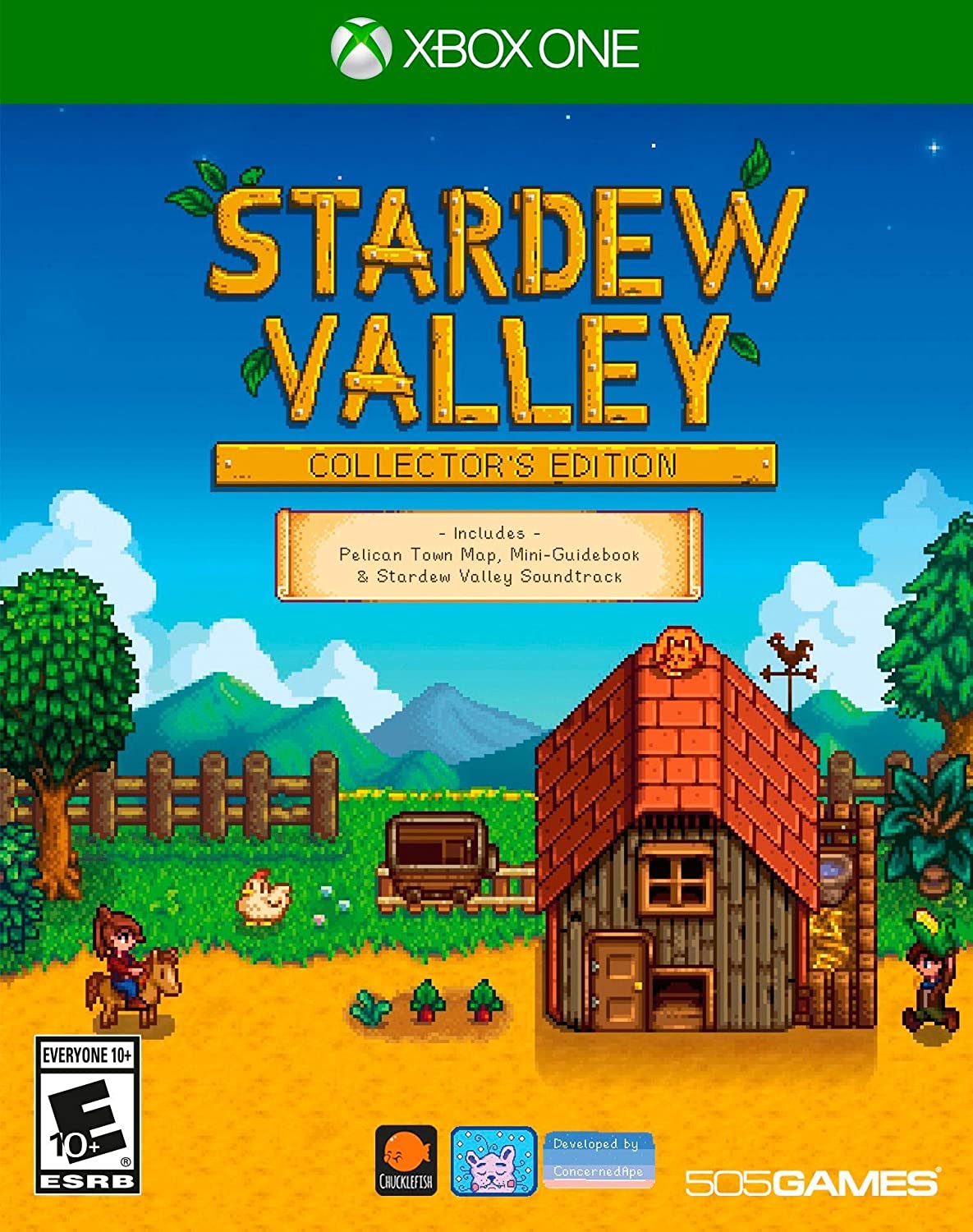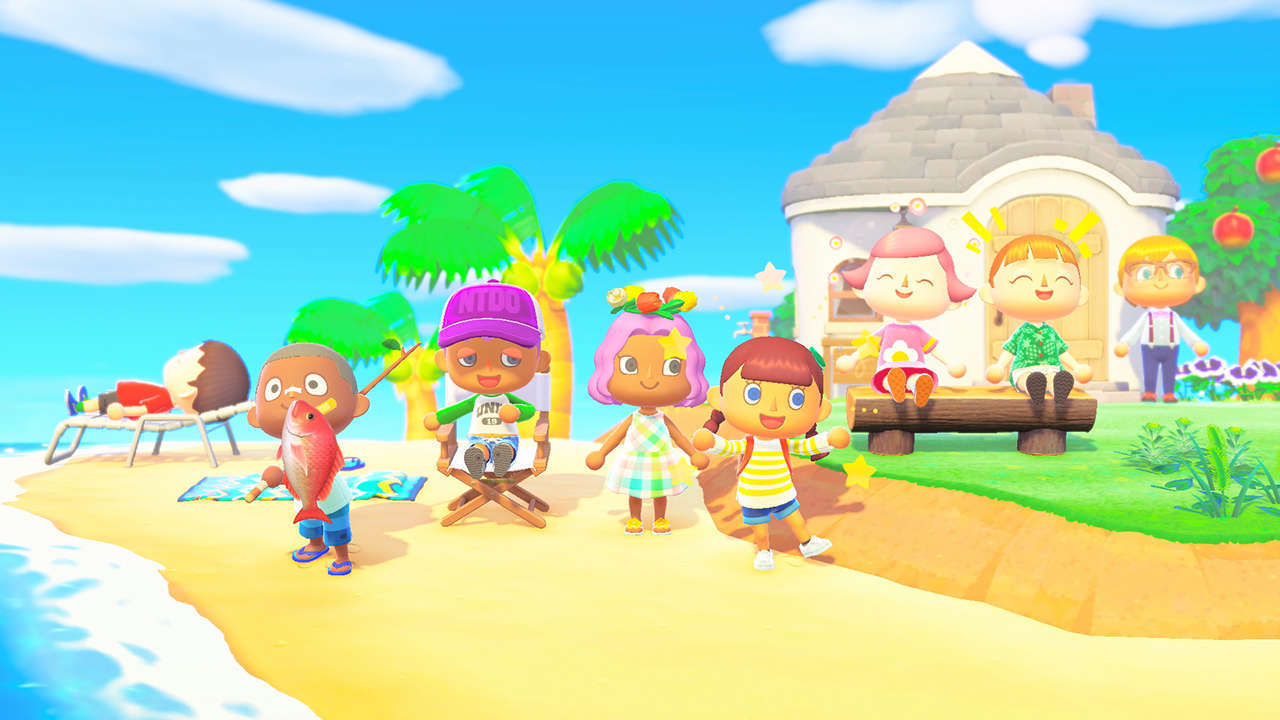Splatoon 2
It would have been easy for Nintendo to just port Splatoon, its 2015 foray into third-person shooters, directly to the Switch and have been done with it.
The Switch is on track to outsell the Wii U within a couple of years of its launch, and many folks probably didn’t play the vivid, ink-filled original game. But Splatoon 2 is much bigger than a simple tune-up, even if you’d be forgiven for not realizing it. There are some pieces of the successful formula Nintendo doesn’t seem to want to mess with.
Beyond a very familiar multiplayer Turf War mode, Splatoon 2 is teeming with plenty of surprising diversions, like a brand-new cooperative horde mode, wrapped in a cheery, bubble-gum exterior that hides delightful, weird lore underneath — even as Nintendo struggles to find technical parity with other modern online games.
In some ways, Splatoon 2 assumes you’ve never touched the previous title. Before you’re even dropped into the lively Inkopolis hub, you’re run through a tutorial on all your Squid Kid abilities, which haven’t been altered one bit. Your main weapon — and method of conveyance — is still neon-toned ink that you’ll fire, spread or slosh around the battlefield from a third-person perspective. Diving into this ink as a squid is still the fastest way to get from point A to point B, too. These skills translate to all of Splatoon 2’s game modes, but there isn’t any prescribed path after the tutorial.
This splashes both ways, if you’ll pardon the pun. It’s wonderful to see that no part of Splatoon 2 is really gated by your progression, but it also means there aren’t benefits you’ll unlock for some modes by playing others. You may unlock all the weapons in your single-player campaign, but you’ll have to pay (using in-game currency) to get them in multiplayer; likewise, none of the clothing upgrades from multiplayer can be brought into the story mode.
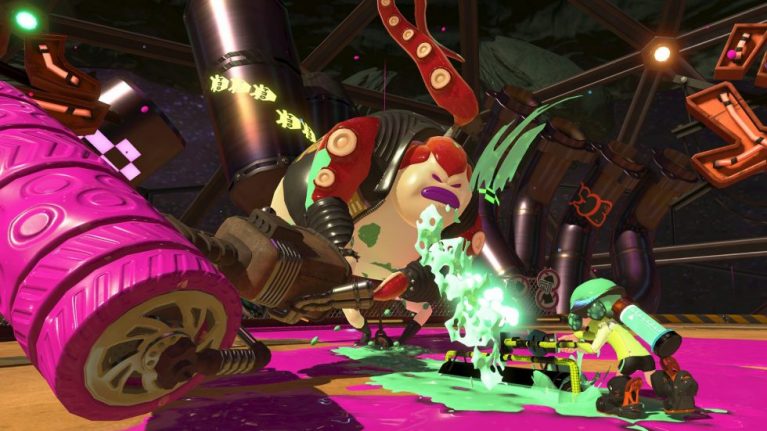
While Splatoon 2 doesn’t require much knowledge of the prior game, Squid Kid lore does preoccupy much of the single-player mode’s story. You’re reunited with Marie, one half of the former Splatoon hosting duo, and tasked with finding her kidnapped musical partner, Callie. The entire campaign is chock full of references to the last game’s characters, all while echoing the main beats of its design. Even your core goal for levels — rescuing the scattered zapfish to return power to Inkopolis — remains the same.
The Nintendo tradition of iterative design is present as well, though. Splatoon 2’s 30-ish levels — including boss battles — are each built around a particular game mechanic, from grindable ink rails to bounce-house-style pads that let you leap into the air. Each experience feels like a fully developed concept, distinctive from the last. The mechanics then follow you back to the hub worlds, where you’ll have to use what you’ve learned to uncover the next level’s entrance. While levels can be completed in any order before accessing any of the five hub world bosses — which is freeing! — sometimes I needed the weapon or practical knowledge from a previous level to reach the next one.
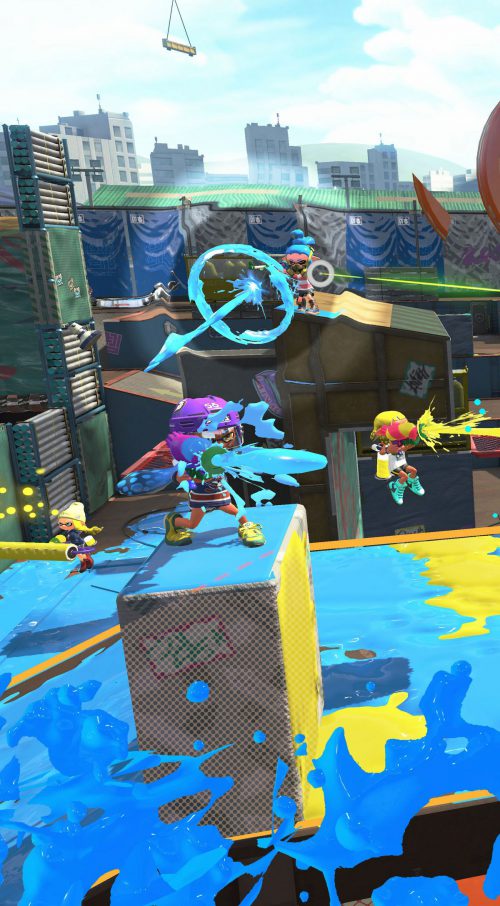
Splatoon 2’s levels are short and to the point, making them pleasantly digestible, especially on the go, but the game often leans too heavily on platforming elements. Your Inkling isn’t dexterous in their human form, and that only gets worse when they’re stumbling through the enemy’s paint. There were a couple of sections where enemy fire, the camera angle or a tricky jump across moving surfaces led to frustrating platforming and a lot of unnecessary deaths.
Skill at jumping puzzles isn’t required when you’re going head-to-head in multiplayer. Splatoon 2’s mainstay remains Turf War, the four-versus-four mode that requires spreading ink all over the battlefield while taking out the other team, and, well, Turf War is still Turf War. Matches are blissfully short, so a defeat will never become too crushing or a victory too one-sided.
Even Turf War’s new maps feel very familiar, though I was glad to see the original game’s most innovative DLC maps return, including the twisting ramps of Moray Towers. Splatoon’s unconventional two-maps-at-a-time rotation system is also back, though it’s hard to tell if this will be a problem or not until it becomes clear how often Nintendo plans on switching levels in and out.
What’s fresh, to borrow Splatoon’s favorite slang, are many of the new weapon choices available. The Splattershot, roller and charger are back, but they’re joined by some new variants. My favorites were the Splat Dualies, a pair of pistols that have a terrific rate of fire and range. They also give the Inkling a stylish dodge-roll, the first real, new mobility option tied to a weapon.
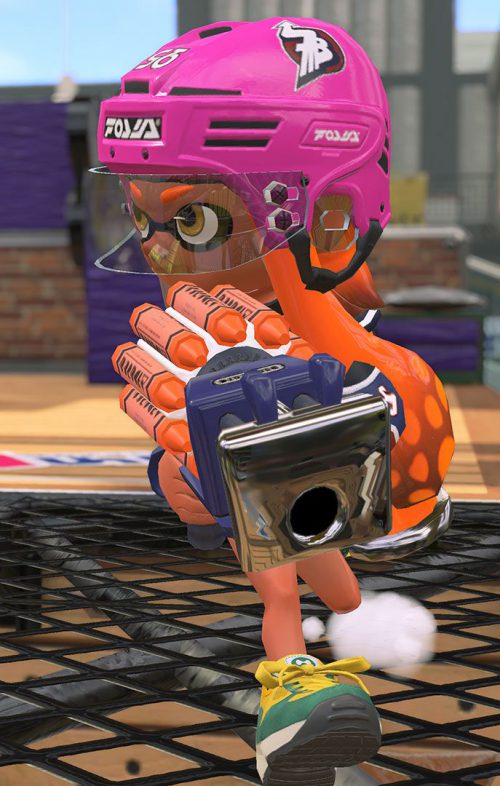
While the return of Turf War is welcome, it has brought back some unintuitive user experience decisions, unchanged from Splatoon. Want to swap your loadout while you wait for your eight-person squad to fill up? Nope. Want to see what your teammates are working with before the match? Impossible. Even more frustrating: You can’t queue with a team of fewer than four players. Decisions like these don’t make a lot of sense, especially when stacked against the modern multiplayer marketplace.
But if Turf War follows the same path as the original Splatoon, we may see quite a different game in six months, or one that feels much more robust. The update schedule for free add-on maps to the first game was intense after launch, enhancing the quality and diversity of the online experience, and, as importantly, Nintendo’s plan with Splatoon 2 seems just as aggressive.
That diversity will likely extend to Splatoon 2’s first real new gameplay experience: a cooperative horde mode called Salmon Run. Four players gather locally to knock out waves of monsters and collect the golden eggs they drop during allotted time. If any member of the team is knocked out, they’ll need to be revived by another teammate — through ink, of course.
Salmon Run is Splatoon 2’s biggest surprise. The mode feels like a real challenge compared to the game’s other offerings. The main bosses have well-guarded weak spots, and communicating was key for our foursome. The final stage often saw multiple big-bads come ashore together, forcing us to divide and conquer as a squad.
Salmon Run feels like a much more formidable part of Splatoon 2, especially for those in search of tough gameplay. The only downside? The mode is generally only available in local co-op; there will be online play, but only during special events run by Nintendo. That’s probably because of the lack of onboard voice options on the Switch itself; the voice chat options remain untested until the app launches alongside the game. Local play is very enjoyable, but in 2017, the lack of a consistent online option is a huge bummer for what is easily the game’s best feature.
WRAP-UP
DESPITE SOME ONLINE STUMBLES, SPLATOON 2 IS PRETTY FRESH
What the first Splatoon did well is still built into the sequel’s barnacle-encrusted DNA, and now it’s on a system that you can stuff in your bag or play on the couch. It’s baffling that Splatoon 2’s best feature is held back by a frustrating lack of proper online support, and in many ways, it’s the same game with some new tricks. But there are still enough imaginative additions for anyone who played the first game to death, especially via its strange, captivating supporting cast. It may be much more of the same, but the same is still pretty fresh.
This article has been taken from Here.

